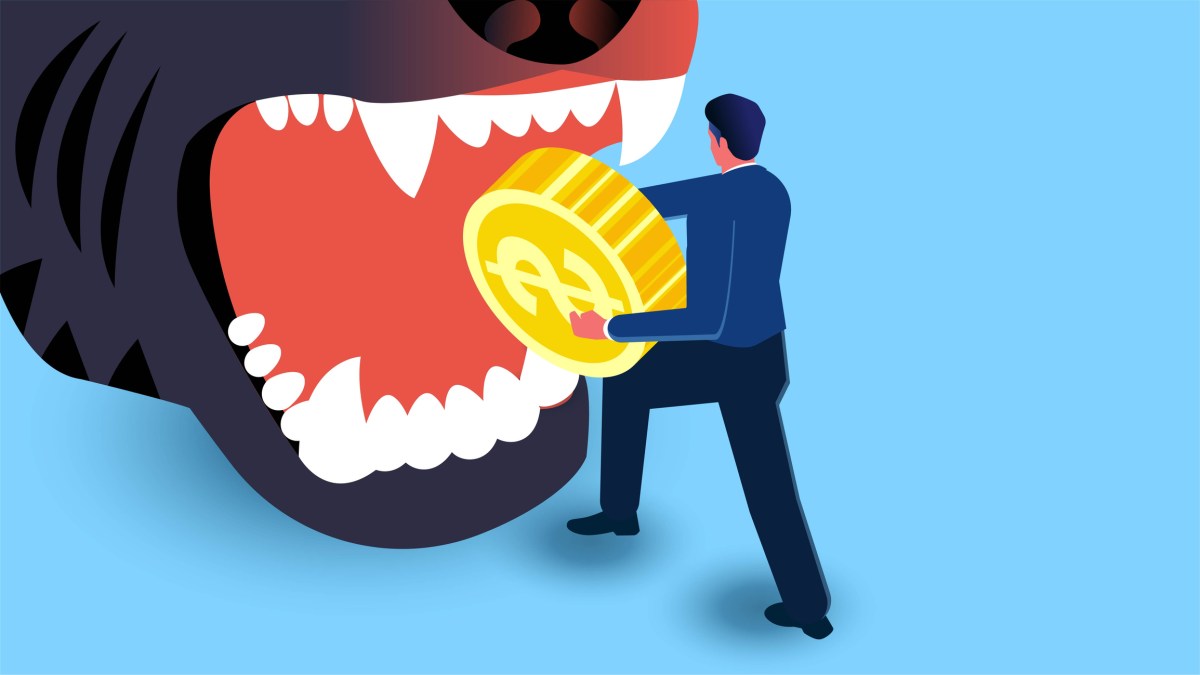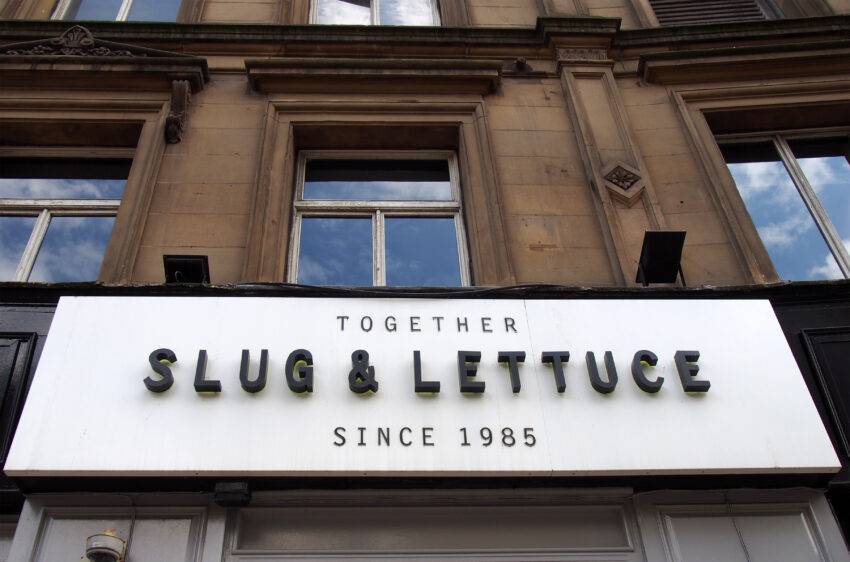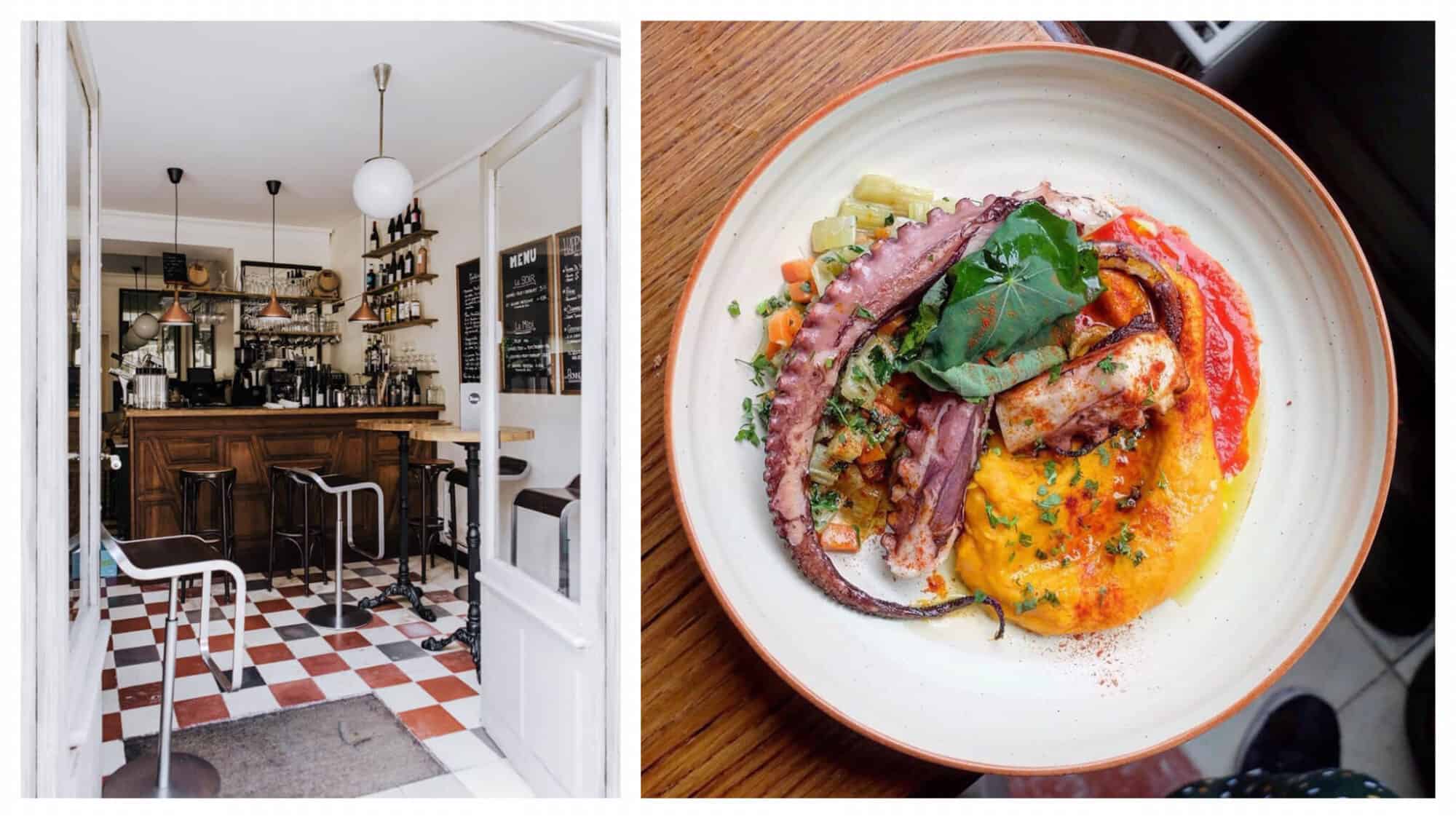5 things to watch as EU-India trade talks enter home stretch
BRUSSELS — Donald Trump’s tariffs have stung both the EU and India into mounting a big push to get their long-delayed trade deal over the line — fast.
Brussels and New Delhi only have three months left to deliver on their joint pledge to seal a deal by the end of the year — with the toughest issues related to agriculture and sustainability yet to be resolved.
Despite unprecedented political will, policymakers and experts alike recognize it won’t be an easy run to the finish line.
“The negotiations remain extremely challenging,” the EU’s lead negotiator Christophe Kiener told European lawmakers last week. “It was absolutely expected that when we start negotiating on the most difficult issues, the most sensitive areas, it would not be easy.”
As crunch time approaches, with another round of talks scheduled for next week, here are five things to know:
- There’s renewed appetite on both sides — thanks to Trump.
Spurred by Trump’s tariff crusade, which hit Indian imports with tariffs as high as 50 percent and didn’t spare the EU either — albeit with a lower rate of 15 percent on most goods — both sides are frantically hunting for alternative trade partners.
“When we knew Trump would come into office, Delhi started sending smoke signals to capitals across Europe saying: We are serious about trade and we want to make this work to hedge against the uncertainties of tariffs and the U.S.’s commerce-first approach,” said Garima Mohan, a senior fellow at the German Marshall Fund who leads the think tank’s work on India.
Roger that, said Brussels.
Taking her whole College of Commissioners to India a few weeks into Trump’s second mandate, European Commission President Ursula von der Leyen and Indian Prime Minister Narendra Modi agreed to seal a deal by the end of the year — something even they recognized would be a steep target.
“It will not be easy. But I also know that timing and determination counts, and that this partnership comes at the right moment for both of us,” von der Leyen said at the time.
The EU has been on a negotiation roll, revamping its pact with Mexico, and concluding talks with the South American bloc of Mercosur countries and with Indonesia.
- The two have a complicated trade history.
While India is playing hard to get, it is nonetheless seeking to overcome some of its protectionist instincts, deepening ties with Japan and negotiating a deal with Australia.
A deal with the EU, its second-largest trading partner, remains a key objective. But historically, their trade relationship has never been easy.
“I know from experience how difficult India can be, how difficult it is to strike the final deal on the more sensitive issues. I suspect that that’s where we are now,” said Ignacio García Bercero, the EU’s chief negotiator for India until 2013. That’s when talks went into snooze mode over thorny issues such as India’s agricultural protectionism and its generic pharmaceuticals. They were relaunched at India’s request in 2022.
Although negotiators stress things are different this time around, they can’t escape sometimes conflicting economic approaches given India’s protectionist history.
“If we look at what is left, it’s the most important stuff … those are exactly the same things that we were dealing with in 2012, 2013, when the negotiations derailed last time,” said Nicolas Köhler-Suzuki, associate researcher at the Jacques Delors Institute.
- Ukraine isn’t making things any easier.
While Brussels is counting on India for its diversification push, it won’t find it easy to remain a credible threat to Russia while doing more business with a country that maintains historically close ties with Moscow.
An EU official, granted anonymity to discuss closed-door discussions, conceded “one of the biggest issues where [the EU and India] have differences is Ukraine.”
The world’s most populous country sent 65 troops this month to join Russia’s annual Zapad military exercise, in which the Kremlin simulated a nuclear attack on NATO countries. At a recent summit in China, Modi held hands with Russian President Vladimir Putin as they approached their host, President Xi Jinping.

Trump, meanwhile, is calling on the EU to hit New Delhi with tariffs as high as 100 percent for enabling Russia’s war in Ukraine.
“It’s not all joyous music and singing and dancing. There is an acknowledgement that we need to do more to bridge gaps where they are,” the official said, referring to a communication on India the EU executive put out in mid-September.
Ultimately, by engaging with India, the intention is to ensure the gap left by the U.S. isn’t filled by other, politically hostile, powers.
For India, giving up its ties to Russia is a no-go, as that would constitute a major concession to China, India’s long-standing Asian rival.
“The Russia-China factor is a huge concern for India,” said Mohan.
- There’s a bunch of tricky technical bits.
Aside from the geopolitics, divergences are also creeping up in a host of nitty-gritty areas.
For one, there are long-standing disagreements on cars and car parts, wines and spirits, and other agricultural products. Earlier this year, the two sides agreed to set aside particularly sensitive agricultural sectors, such as dairy and sugar, to facilitate the talks.
On top of that come other issues related to agriculture, such as sanitary and phytosanitary measures. The EU also takes issue with the Indian Quality Control Orders, which prescribe that certain products must conform to Indian standards before being sold there.
Sustainability provisions and the EU’s green agenda are also complicating the negotiations.
“India had been clear from the outset that it did not particularly like the way the European Union wants to link sustainability-related issues and trade, but they’ve obviously accepted that we will need to have a chapter on this,” said Kiener, the EU negotiator.
However, New Delhi still takes issue with making the Trade and Sustainable Development chapter binding and enforceable through a dispute settlement mechanism. It has also threatened to retaliate against the EU’s carbon border tax, as POLITICO reported earlier this year.
“The carbon border adjustment mechanism that the EU has visualized does not meet the test of fair play,” Commerce Minister Piyush Goyal said then.
If that wasn’t enough, a historical issue has also cropped up in the talks: An India-Pakistan dispute over the two countries’ rival claims to basmati rice. New Delhi is pressuring the EU to designate the grain Indian — but if Brussels does so, it risks a rift with Pakistan.
In short, sealing the agreement will likely entail a trade-off between the political benefits of a fast deal against the economic gains of a potentially more comprehensive agreement.
- They are a temperature check of the EU’s trade priorities.
Ultimately, the deal will be a test of just how much of its (green) trade ambitions the EU is willing to sacrifice on the altar of geopolitics.
Considering Trump’s attempts to upend or at least significantly harm the rules-based trade order, calls have been growing for the EU to be more pragmatic and aim for quicker and less comprehensive deals.
But not everyone agrees that will ultimately be beneficial in the long-term.
“We hope that the result of the trade negotiations will be a commercially meaningful agreement,” Angelika Niebler of the European People’s Party, chair of the European Parliament’s delegation for relations with India, said in Parliament’s trade committee last week.
The India deal will also reveal just how important the bloc deems its aim to advance the bloc’s environmental agenda through trade deals.
“Clearly, India has [a] different geopolitical alignment, and they have always been somewhat closer to the Russia operation,” said García Bercero, the former EU negotiator who now works for the Bruegel think tank.
“But at the end of the day, I don’t think that this would need to be an obstacle to concluding an agreement.”




















:quality(85):upscale()/2023/09/18/918/n/1922398/a1136b676508baddc752f5.20098216_.jpg)
:quality(85):upscale()/2025/10/09/670/n/1922283/00b944c868e7cf4f7b79b3.95741067_.jpg)
:quality(85):upscale()/2025/10/15/765/n/1922398/29c37a6e68efd84bb02f35.49541188_.jpg)
:quality(85):upscale()/2025/09/09/891/n/1922283/7222624268c08ccba1c9a3.01436482_.png)
















